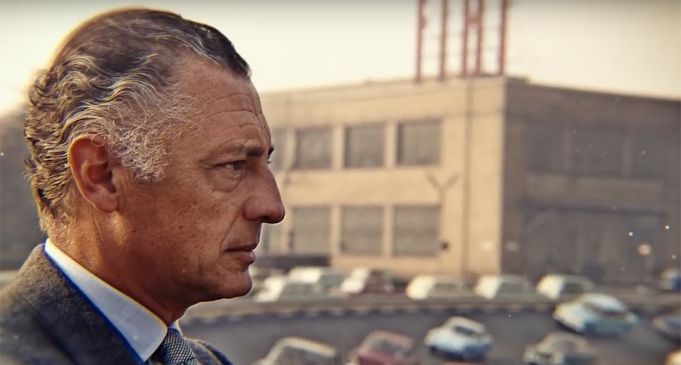Giovanni “Gianni” Agnelli, head of Fiat and an icon of Italian political and economic affairs, was a force to be reckoned with.
A man of many names: L’Avvocato, Prince of Italy, King of Italy, and the Rake of the Riviera, Agnelli was not only a symbol of economic growth and Italian excellence but of an unwavering reckless passion for life. On his 100th birthday, Agnelli remains a defining figure in Italian history.Early life
Agnelli was born on 12 March 1921, in Turin, to parents Edoardo Agnelli and Virginia Bourbon del Monte. He was named after his grandfather, Senatore Giovanni Agnelli, the founder of the Fiat S.p.A. automotive company. The eldest son of seven children, Agnelli grew up in an atmosphere of wealth and high tastes. All of the Agnelli children were expected to behave well, but Agnelli was a mischievous child. In Nick Hooker’s 2018 documentary Agnelli, Gianni’s sisters describe him as a playful trickster with a good heart.When Agnelli was only 14 years old, his life took a fateful turn: his father was killed in a gruesome plane crash. It was a tragic event in the Agnelli family that would mark the beginning of a legacy of strange tragedies, but the death of Edoardo solidified Gianni’s legacy as an Italian business magnate As the eldest Agnelli son, he became the immediate heir to the Fiat company.After his father’s death, Agnelli was raised by his grandfather. Like a prince being inculcated for the throne, Agnelli was instilled with the skills and tools of an industry leader. He learned to negotiate and orchestrate from an early age. Luckily for Agnelli, he was born with charisma and magnetism that would serve him for the rest of his life as a playboy, a businessman, and a national icon. As a young man, he studied at Pinerolo Cavalry Academy. He was greatly influenced by his early trips to the United States, beginning in 1938. He was struck by the modern landscape of the country, which seemed years ahead of Italy. He was inspired by the fast-paced, chaotic atmosphere of New York City, and admired Detroit for its industrial might. Even as a teenager, he knew he wanted to help Italy progress and prosper.A passionate young man
As Agnelli grew into a dashing and refined man, a larger change was unfolding on the world stage: World War II. He was only 18 years old when the war began.In the early years of the war, Agnelli did the things he was supposed to. He attended the University of Turin, where he earned a degree in law as well as his nickname “L’Avvocato,” the Lawyer. He was en route to take a job at Fiat when he had a swift change of heart and decided to join the war effort.His grandfather urged him to stay in Italy and work for Fiat so he wouldn’t risk his life, but Agnelli was stubborn. The patriotic loyalty that inspired him to help Italy prosper also motivated him to fight for it--and as the war raged on, he thought there was only one way to do that. He joined the army in 1941.
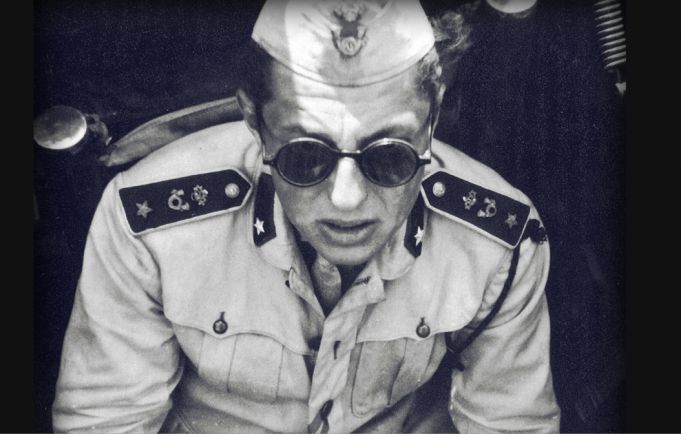
A political playboy
After the war, Senatore Giovanni Agnelli was accused of being a Fascist collaborator. Though the accusations would later be disproven, at the time, he was forced to give up his leadership of Fiat. Gianni Agnelli was, of course, the natural successor, but he wasn’t ready to become the head of Fiat. Instead, he took the position of vice-chairman, allowing Vittorio Valletta to run the company, which he successfully did for the next 22 years.Valletta helped Fiat become a symbol of postwar economic perseverance: in Turin, Fiat offered its workers numerous benefits such as housing, medical insurance, and childcare, as Tagliabue describes. The company was called “La Mamma” by Turin residents, for nurturing the city back to health. But Fiat’s heyday was still years away, waiting for Agnelli.While Valletta headed Fiat, Agnelli retreated to the French Riviera, the Côte d’Azur, where he earned a reputation as one of Italy’s leading playboys and his nickname “the Rake of the Riviera.” After surviving the chaos of the war, Agnelli wanted to experience the good life, and he did just that. If Agnelli’s life could be split into chapters, the 1950s would be his golden years for romance. Surrounded by luxury, fine arts, and fast-paced sports, Agnelli was a regular Casanova. Along with fellow playboys like Aly Khan, Porfirio Rubirosa, and Gunter Sachs, he enjoyed a life of luxury, drugs, sex, and glamour.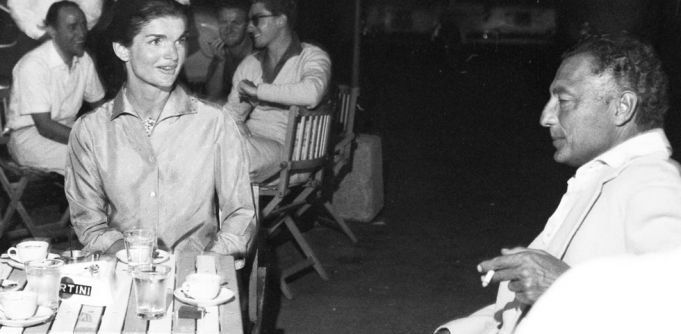
The road from reckless playboy to married man
Agnelli contrast his romantic conquests with an intellectual love of the arts and a chaotic passion for sports. He surrounded himself with artwork he enjoyed and became an early style and taste influencer. He was known for his effortless sense of style: slick wavy hair, a watch worn over a jacket sleeve, slightly unbuttoned shirts, and shortened neckties. In Agnelli, even designer Valentino admits to being inspired by Agnelli.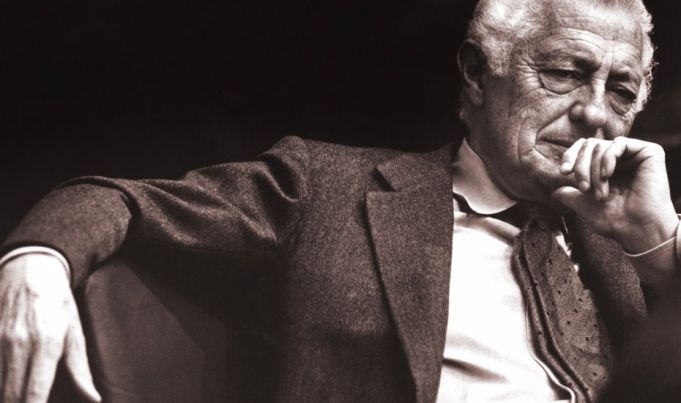
Agnelli matched his external suaveness with an all-consuming passion for excitement. He threw himself into his activities and carried himself with natural grace. He loved skiing, sailing, riding horses, football, and car racing. He made a hobby out of jumping out of helicopters into the ocean. He was known by everyone from his sisters to Henry Kissinger to be a dangerous driver--a quality that would leave a permanent mark on him in a 1952 car crash.
He survived the car accident with seven fractures in his leg and developed gangrene in the hospital. He would be reluctantly crippled for the rest of his life, but he continued to ski and sail. One of the women who visited him during his recovery was Marella Caracciolo di Castagneto, a good friend of Agnelli’s sisters and a daughter of Neapolitan aristocracy. The two fell in love and were married in 1953.
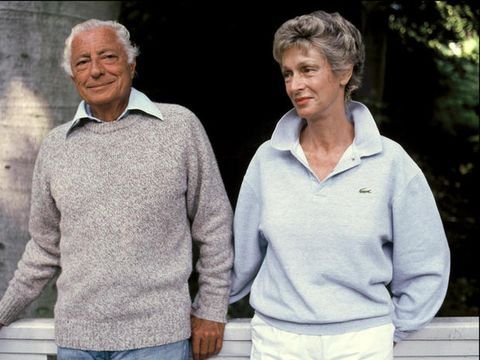
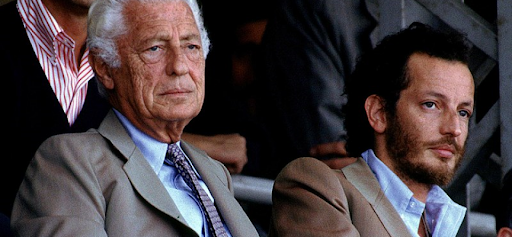
Agnelli: the face of Fiat
Agnelli served numerous roles in Fiat before he became president of the company. According to Tagliabue, Agnelli became chairman of Fiat’s holding company, Istituto Finanziario Industriale in 1959. In 1963, he transitioned to the managing director of Fiat. In 1966, he finally assumed his pre-destined role as president of Fiat.Under Agnelli’s leadership, Fiat was the most successful automotive company in Europe and the largest private employer in Italy. Agnelli became the wealthiest man in Italian modern history. He prioritised domestic wellbeing while making international trades and partnerships; he revitalised manufacturing systems and revamped the company to be an efficient international entity.He orchestrated the company’s expansion by opening plants across the world, including in the Soviet Union and South America. “Fiat put the whole of Italy on four wheels,” says Maria Sole, Agnelli’s sister, in Agnelli.
